
Jean Maurice Eugène Clément Cocteau was a French poet, playwright, novelist, designer, film director, visual artist and critic. He was one of the foremost artists of the surrealist, avant-garde, and Dadaist movements and an influential figure in early 20th-century art. The National Observer suggested that, "of the artistic generation whose daring gave birth to Twentieth Century Art, Cocteau came closest to being a Renaissance man."

Jean Renoir was a French film director, screenwriter, actor, producer and author. As a film director and actor, he made more than forty films from the silent era to the end of the 1960s. His La Grande Illusion (1937) and The Rules of the Game (1939) are often cited by critics as among the greatest films ever made. He was ranked by the BFI's Sight & Sound poll of critics in 2002 as the fourth greatest director of all time. Among numerous honours accrued during his lifetime, he received a Lifetime Achievement Academy Award in 1975 for his contribution to the motion picture industry. Renoir was the son of the painter Pierre-Auguste Renoir and the uncle of the cinematographer Claude Renoir. He was one of the first filmmakers to be known as an auteur.

Alejandro Jodorowsky Prullansky is a Chilean-French avant-garde filmmaker. Best known for his 1970s films El Topo and The Holy Mountain, Jodorowsky has been "venerated by cult cinema enthusiasts" for his work which "is filled with violently surreal images and a hybrid blend of mysticism and religious provocation".

Jean Rouch was a French filmmaker and anthropologist.
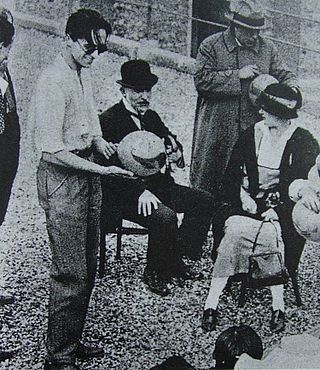
René Clair, born René-Lucien Chomette, was a French filmmaker and writer. He first established his reputation in the 1920s as a director of silent films in which comedy was often mingled with fantasy. He went on to make some of the most innovative early sound films in France, before going abroad to work in the UK and USA for more than a decade. Returning to France after World War II, he continued to make films that were characterised by their elegance and wit, often presenting a nostalgic view of French life in earlier years. He was elected to the Académie Française in 1960. Clair's best known films include Un chapeau de paille d'Italie, Sous les toits de Paris, Le Million (1931), À nous la liberté (1931), I Married a Witch (1942), and And Then There Were None (1945).
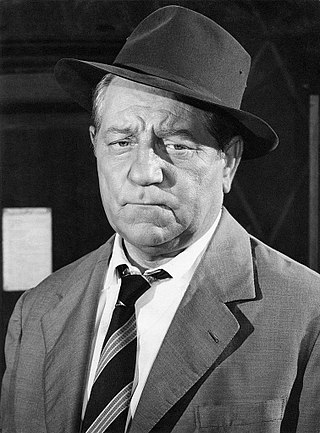
Jean Gabin Alexis Moncorgé, known as Jean Gabin, was a French actor and singer. Considered a key figure in French cinema, he starred in several classic films, including Pépé le Moko (1937), La grande illusion (1937), Le Quai des brumes (1938), La bête humaine (1938), Le jour se lève (1939), and Le plaisir (1952). During his career, he twice won the Silver Bear for Best Actor from the Berlin International Film Festival and the Volpi Cup for Best Actor from the Venice Film Festival, respectively. Gabin was made a member of the Légion d'honneur in recognition of the important role he played in French cinema.
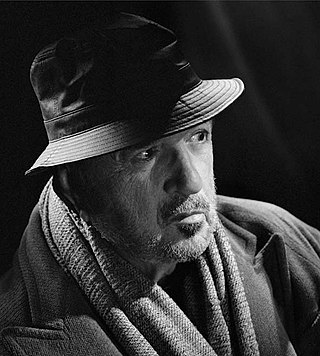
Jean-Claude Carrière was a French novelist, screenwriter and actor. He received an Academy Award for best short film for co-writing Heureux Anniversaire (1963), and was later conferred an Honorary Oscar in 2014. He was nominated for the Academy Award three other times for his work in The Discreet Charm of the Bourgeoisie (1972), That Obscure Object of Desire (1977), and The Unbearable Lightness of Being (1988). He also won a César Award for Best Original Screenplay in The Return of Martin Guerre (1983).
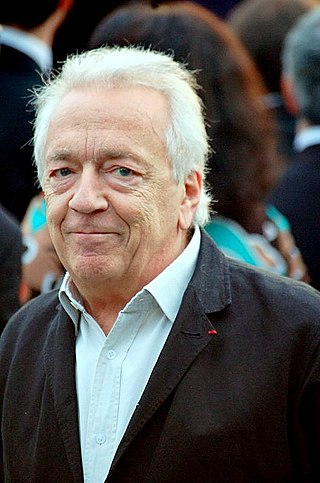
Jean-Pierre Cassel was a French actor and dancer. A popular star of French cinema, he was initially known for his comedy film appearances, though he also proved a gifted dramatic actor, and accrued over 200 film and television credits in a career spanning over 50 years.

Life and Nothing But is a 1989 French film directed by Bertrand Tavernier. It was inspired by the novel by Albanian writer Ismail Kadare titled The General of the Dead Army.

René Xavier Marie Alain Cuny was a French actor of stage and screen. He was closely linked with the works of Paul Claudel and Antonin Artaud, and for his performances for the Théâtre national populaire and Odéon-Théâtre de France.
Maurice Thiriet was a French composer of classical and film music.

Guy Marchand was a French actor, musician, and singer. He appeared in over 100 films in over 30 years, but was best known for his role as the fictional television private detective Nestor Burma.

Tomer Sisley is an Israeli and French actor and comedian.
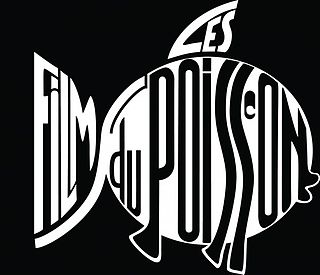
Les Films du Poisson is a French film production company founded in 1995 by Yael Fogiel and Laetitia Gonzalez. The company has produced more than a hundred films: features, documentaries and shorts. Many have won awards in France and around the world. In 2011 France's Academy of Film names Les Films du Poisson Best Producers.
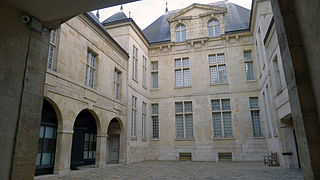
The Musée Cognacq-Jay is a museum located in the Hôtel Donon in the 3rd arrondissement of Paris.
Christian Matras was a French cinematographer who worked on more than hundred feature films, including Grand Illusion (1937), directed by Jean Renoir; The Milky Way (1969), directed by Luis Buñuel; and Thérèse Desqueyroux (1962), directed by Georges Franju; Lola Montès (1955), The Earrings of Madame De... (1953), Le Plaisir (1952), La Ronde (1950), all directed by Max Ophüls; and L'Aigle à deux têtes (1948) directed by Jean Cocteau.
Carlos is a 1971 West German Western television film, which has transplanted the story of Friedrich Schiller's play Don Carlos from 16th century Spain to a 1915 American Western style environment. According to some, the setting should be somewhere in southern Europe, while others claim it is somewhere in the southwestern United States. Due to complicated contracts and shooting problems, it never had the theatrical release that was intended, and was instead shown on German TV.
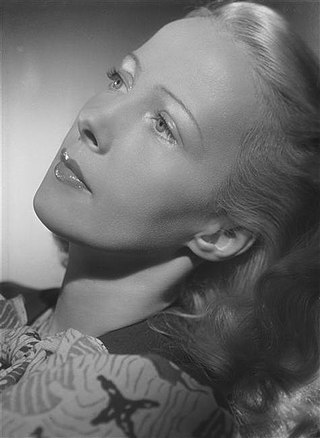
Madeleine Ozeray, was a Belgian stage and film actress. She appeared in many films between 1932 and 1980. She is the godmother of theater actor, dancer and singer Frédéric Norbert.

Under the Sky of Paris is a 1951 French drama film directed by Julien Duvivier.

The House on the Dune is a 1952 French crime drama film directed by Georges Lampin and starring Ginette Leclerc, Jean Chevrier and Roger Pigaut. It was a remake of the 1934 film of the same title, which was in turn based on the 1932 novel The House on the Dune by Maxence Van Der Meersch. The film's sets were designed by the art director Maurice Colasson.

















